Is there a big difference between single and double espresso? the difference between single and double espresso
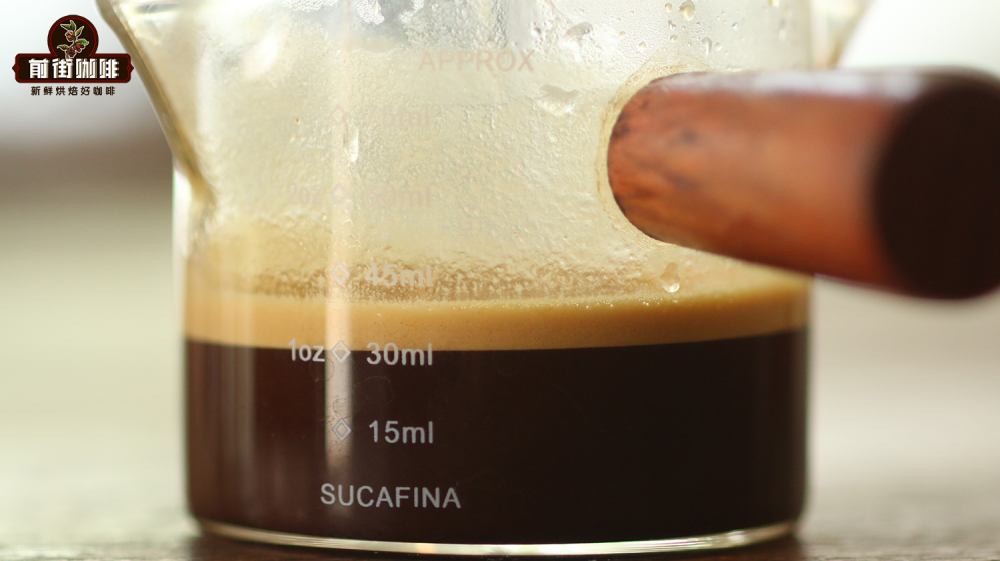
If you want to have an espresso in a coffee shop, you can say "have an espresso" as well as "have a shot". Shot is the unit of espresso, 1shot espresso is the meaning of espresso, and sometimes "single espresso" is used to express 1shot. If you think one espresso is too small to drink, you can say "double shot" when ordering, which means double espresso.
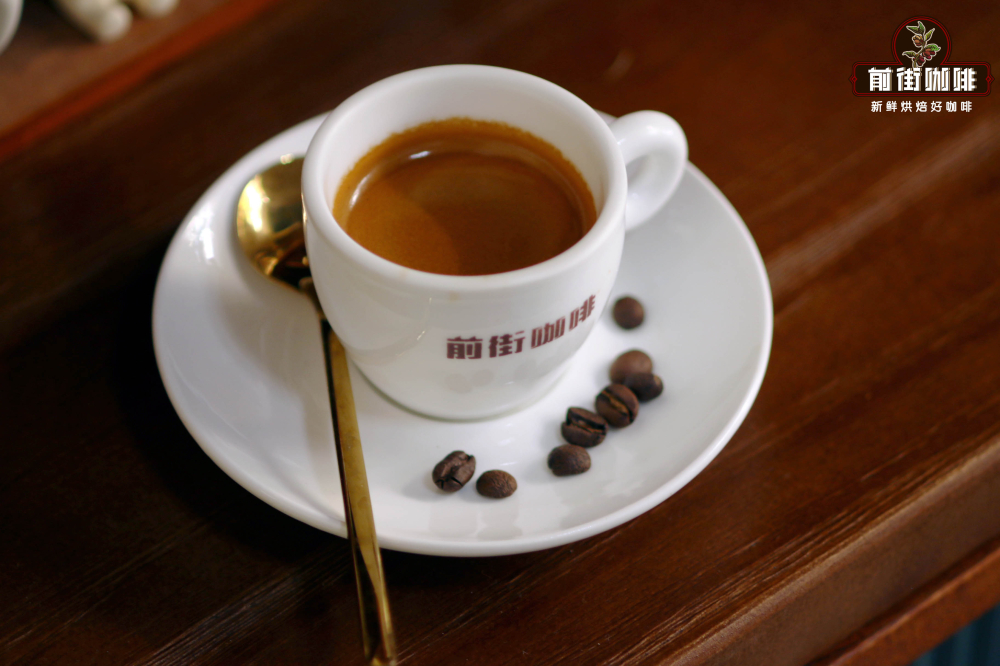
So is there any other difference between single concentration and double enrichment besides the difference in quantity?
From the guest's point of view, there is only a quantitative difference between single and double concentrate, but from the barista's point of view, it requires two different approaches.
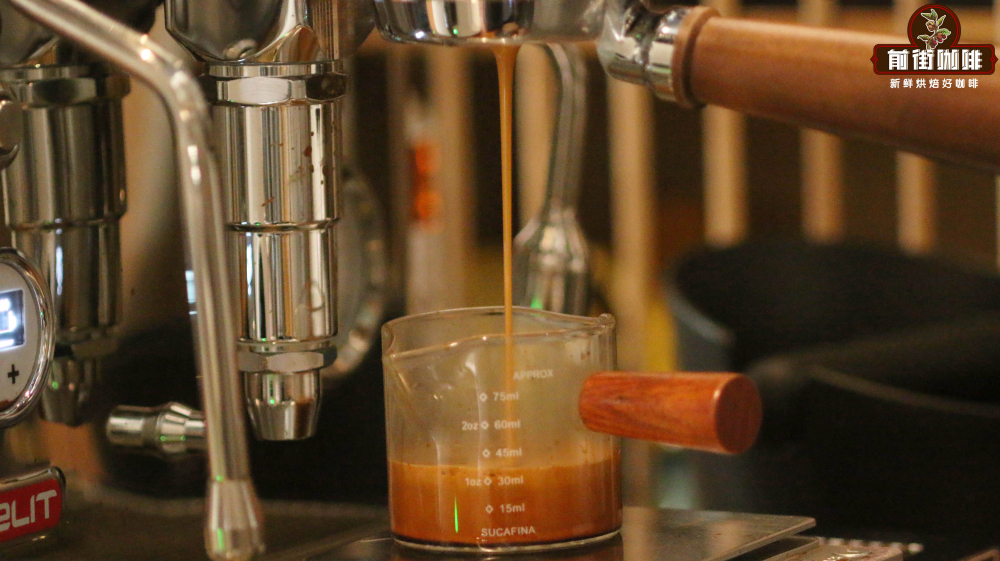
If you have ever used an espresso machine, you will know that the powder bowl is limited to the capacity of coffee powder. For example, if the capacity of a powder bowl is 18g, then your coffee powder is between 17 and 19g. If you have more coffee powder, it will not stick to the cooking head. Less coffee powder will affect the extraction.
So if you want to hold less coffee powder, you must change to a powder bowl with a smaller capacity. This is the difference between single-part concentration and double-part concentration.
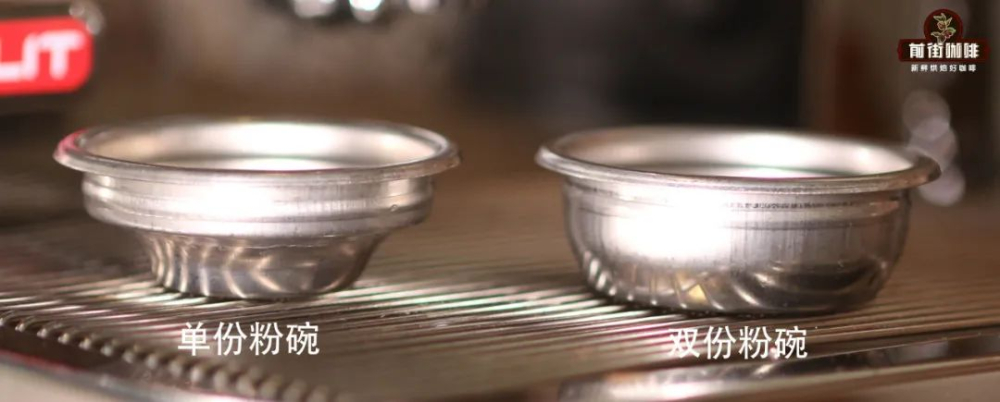
For example, when extracting a single concentrate, the barista will use a single powder bowl to hold 11g coffee powder and extract 30ml (22g) espresso. When extracting a double concentrate, the barista will use a double powder bowl to hold 18g coffee powder and extract 60ml (40g) espresso.
However, due to the different structure of the two kinds of powder bowls, the extracted coffee is also different. The volume of the double concentrated powder bowl shows a columnar structure, and the extracted pressed powder is also a regular piece of "round almond cake". And the single concentrated powder bowl is in the shape of inverted cone. Roughly two-tier structure, the upper half is the same caliber as the double powder bowl. However, the powder content of a single powder bowl is half that of a double powder bowl, so a narrowed design has been made in the lower half of the bowl, so that the surface caliber and the maximum thickness of the powder layer can be kept the same.
In the Qianjie extraction experiment, a single powder bowl is not as simple as a double powder bowl. In front of the street, a double powder bowl was used to extract 40g coffee liquid on the basis of 20g powder, which took 27 seconds, the measured concentration was 10.48%, and the extraction rate was 21.72%.
Using a single powder bowl, taking 10g powder as the basis, 20g coffee liquid was extracted, the flow rate was relatively fast, it took 22 seconds, the measured concentration was 8.83%, and the extraction rate was 18.38%. There is a big difference between the two.
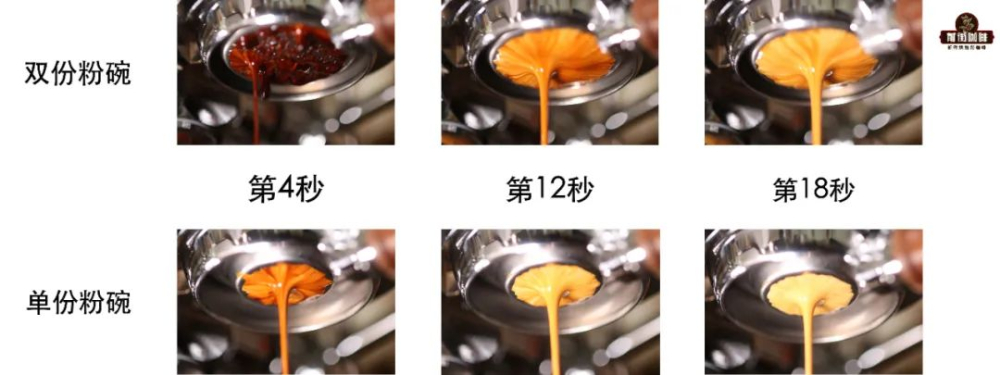
If you want to make the product of a single powder bowl close to a double powder bowl, you can only fine-grind or increase the amount of powder. Grinding products is not realistic for coffee shops, increasing the amount of powder will increase the cost and uncertainty. Qianjie test, the need to increase to 12.5g powder, the concentration will be close to the data of the double powder bowl.
Why is it so different?
It all starts with the structure. The structure of the double concentrated powder bowl is straight and cylindrical, which makes the force of each part is uniform and the extraction is more uniform, whether it is pressing powder or pressurized extraction.
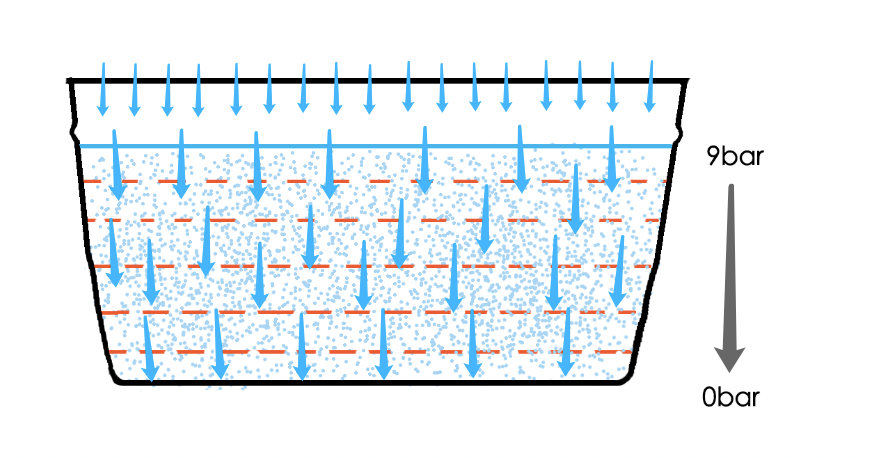
In order to keep the diameter of the powder bowl uniform (so that it can fit the cooking head), and at the same time ensure the thickness of the powder layer, sacrifice the bottom structure, so that whether it is pressing powder or pressure extraction, the pressure around is always higher than the pressure at the same level center. When pressing powder, the four sides will be denser than the center, and during extraction, the water in the upper half and the center will permeate faster than around, but the water around the lower half will converge to the center, resulting in uneven extraction and serious channel effect.
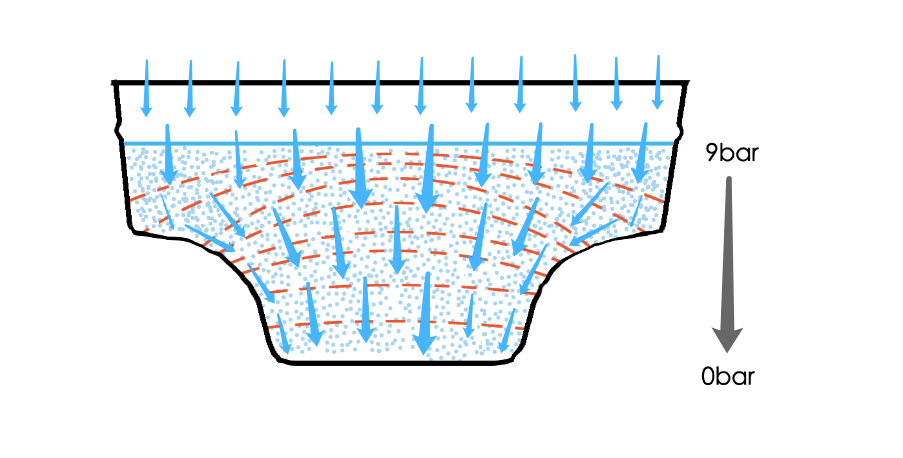
Professional coffee knowledge exchange more coffee bean information please follow the coffee workshop (Wechat official account cafe_style) more boutique coffee beans please add private Wechat Qianjie coffee, WeChat: qjcoffeex
Important Notice :
前街咖啡 FrontStreet Coffee has moved to new addredd:
FrontStreet Coffee Address: 315,Donghua East Road,GuangZhou
Tel:020 38364473
- Prev
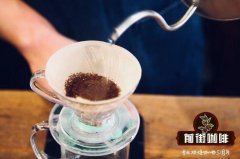
Is espresso black coffee? I taught you how to order an espresso.
Professional coffee knowledge exchange more coffee bean information Please pay attention to the coffee workshop (Wechat official account cafe_style) just extracted Espresso has a beautiful layer of golden oil, this layer of oil we generally call Cream. The appearance of Cream is closely related to the pressure of 9Bar. Under the condition of heating and pressure, water will extract the soluble matter from the coffee powder layer.
- Next
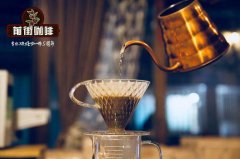
How much is Yunnan coffee bean? is Yunnan small grain Katim or tin pickup?
Professional coffee knowledge exchange more coffee bean information please follow the coffee workshop (Wechat official account cafe_style) in April 2019, the United States Type C coffee futures prices fluctuated downward; the International Coffee Organization (ICO) coffee price composite index fell 3.2% to 94.42 cents / pound, once again setting the lowest monthly average price since July 2006. Due to the continuous decline in international coffee prices
Related
- Beginners will see the "Coffee pull flower" guide!
- What is the difference between ice blog purified milk and ordinary milk coffee?
- Why is the Philippines the largest producer of crops in Liberia?
- For coffee extraction, should the fine powder be retained?
- How does extracted espresso fill pressed powder? How much strength does it take to press the powder?
- How to make jasmine cold extract coffee? Is the jasmine + latte good?
- Will this little toy really make the coffee taste better? How does Lily Drip affect coffee extraction?
- Will the action of slapping the filter cup also affect coffee extraction?
- What's the difference between powder-to-water ratio and powder-to-liquid ratio?
- What is the Ethiopian local species? What does it have to do with Heirloom native species?

